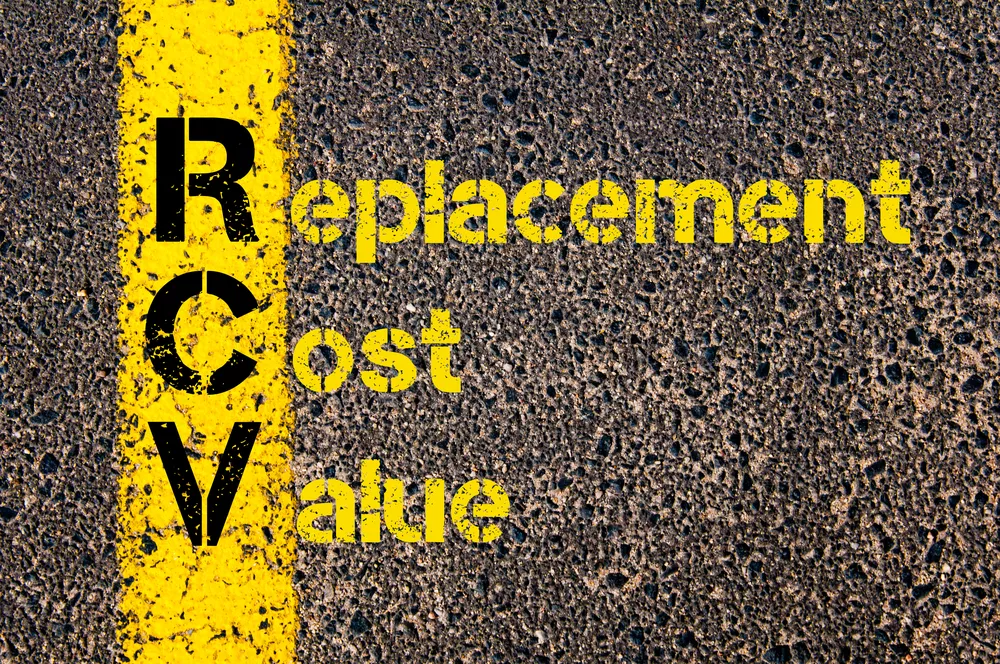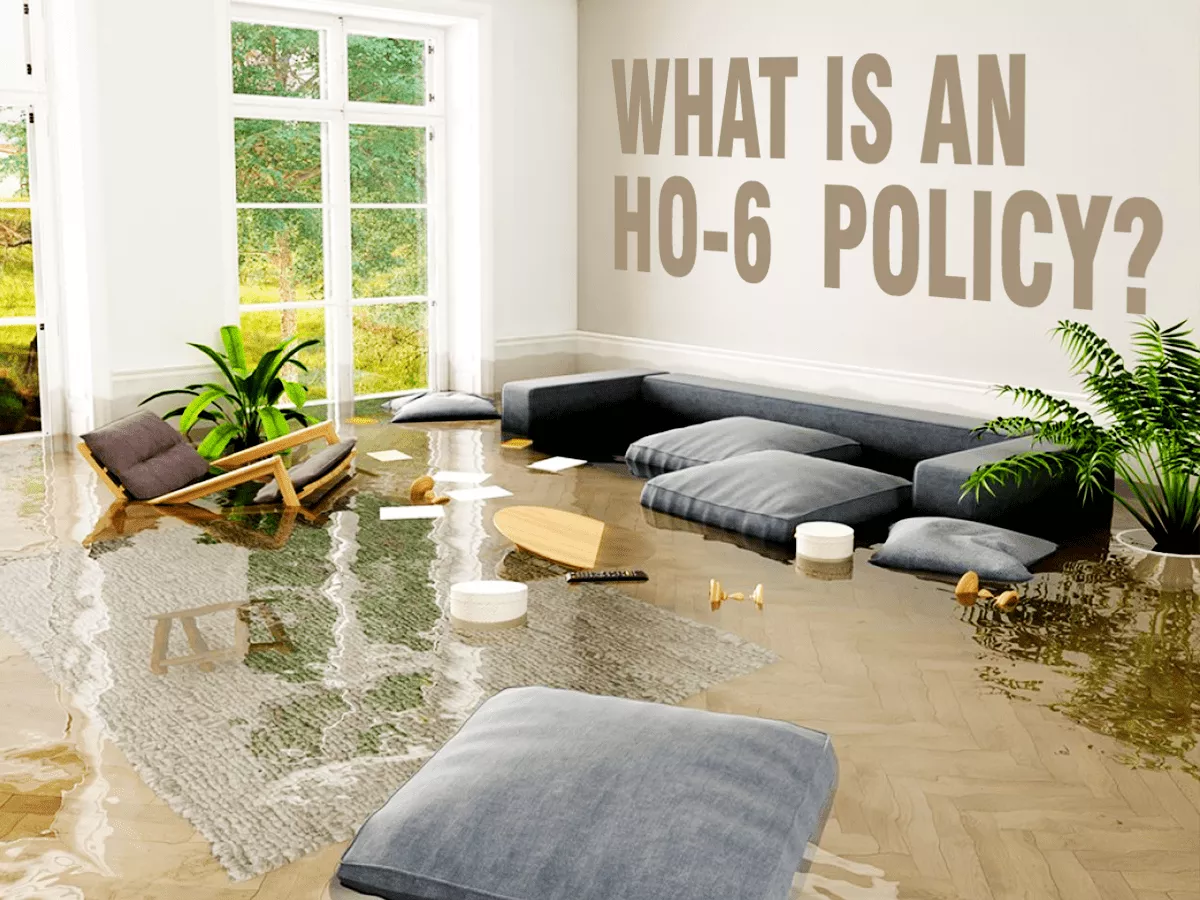Understanding homeowners insurance can be daunting, especially when it comes to choosing the right type of coverage for your needs. One of the most beneficial options available is Replacement Cost Coverage (RCC). This type of coverage ensures that you are adequately compensated for any losses, allowing you to rebuild or replace damaged property without bearing the financial burden of depreciation. This article will delve into the essentials of RCC, explaining what it is, how it works, and why it is a crucial part of homeowners insurance.
What is Replacement Cost Coverage?
Definition of Replacement Cost Coverage
Replacement Cost Coverage (RCC) is a provision in homeowners insurance that reimburses the policyholder for the cost of replacing damaged or destroyed property with new items of similar kind and quality, without deducting for depreciation. Unlike Actual Cash Value (ACV) coverage, which considers the depreciated value of your items, RCC allows you to rebuild or replace your possessions as if they were new.
Difference Between RCC and ACV
Replacement Cost Coverage (RCC): Pays the full cost to replace or repair your property at current prices, without considering depreciation.
Actual Cash Value (ACV): Compensates you based on the depreciated value of your items, considering their age and condition at the time of loss.
Importance of RCC in Homeowners Insurance
RCC is vital because it ensures that you can fully restore your home and belongings after a loss. It provides financial security and peace of mind, knowing that you won’t have to settle for less valuable replacements or pay out-of-pocket to cover the depreciation.
How Replacement Cost Coverage Works
Determining Coverage Limits
When purchasing RCC, it’s essential to set appropriate coverage limits. This involves estimating the cost to rebuild your home and replace all personal belongings at current prices. Working with an insurance agent or using online calculators can help determine accurate limits.
Filing a Claim with RCC
Report the Incident: Notify your insurance company immediately after a loss. Provide detailed information about the damage.
Document the Damage: Take photos, videos, and detailed notes of all damaged property. An inventory list can be particularly helpful.
Submit a Claim: Fill out the necessary claim forms and submit them along with your documentation.
Assessment by Adjuster: An insurance adjuster will assess the damage and determine the replacement costs.
Receive Payment: Upon approval, you’ll receive funds to replace or repair your damaged property up to the policy limits.
Rebuilding and Replacement Process
Once you receive the payment, use the funds to purchase new items or hire contractors to repair or rebuild your home. Keep receipts and invoices as the insurance company may require proof of replacement or repair costs.
Benefits of Replacement Cost Coverage
Full Value Compensation
With RCC, you get the full value needed to replace or repair your property without worrying about depreciation. This ensures that your new items are of similar quality and functionality as the originals.
Financial Security
RCC provides financial security by covering the full replacement cost, reducing or eliminating the need for you to pay out-of-pocket expenses. This is especially important for high-value items and major home repairs.
Peace of Mind
Knowing that your insurance will cover the full cost of replacing your home and belongings gives you peace of mind. You can focus on recovering from the loss without the added stress of financial concerns.
see also:
Common Scenarios for RCC Use
Scenario 1: House Fire
If a fire destroys your home, RCC ensures you can rebuild it to its original condition. The policy covers the cost of materials and labor at current prices, allowing you to restore your home without financial strain.
Scenario 2: Natural Disasters
In the event of a natural disaster like a hurricane or tornado, RCC provides the funds needed to repair or replace damaged property. This includes structural repairs and replacing personal belongings affected by the disaster.
Scenario 3: Theft or Vandalism
If your home is burglarized or vandalized, RCC covers the cost of replacing stolen or damaged items with new ones. This ensures you don’t have to compromise on the quality or value of your replacements.
Considerations When Choosing RCC
Understanding Policy Exclusions
While RCC is comprehensive, it’s crucial to understand any exclusions in your policy. Some policies may exclude certain types of damage or have specific conditions for coverage. Review your policy details carefully.
Evaluating Premium Costs
RCC typically comes with higher premiums than ACV coverage. Evaluate your budget and the value of your belongings to determine if the added cost is justified by the benefits of full replacement coverage.
Reviewing Deductibles
Check the deductible amounts in your policy. Higher deductbles can lower your premium but increase out-of-pocket costs when filing a claim. Choose a deductible that balances affordability and financial protection.
FAQs About Replacement Cost Coverage
1. What is Replacement Cost Coverage in homeowners insurance?
Replacement Cost Coverage (RCC) reimburses you for the cost of replacing damaged or destroyed property with new items of similar kind and quality, without considering depreciation.
2. How does RCC differ from Actual Cash Value coverage?
RCC covers the full cost of replacing items at current prices, while Actual Cash Value (ACV) coverage compensates you based on the depreciated value of your items.
3. Is RCC worth the higher premium?
For many homeowners, RCC is worth the higher premium because it provides full value compensation and financial security, reducing the need for out-of-pocket expenses after a loss.
4. How do I determine the right coverage limits for RCC?
Estimate the cost to rebuild your home and replace your belongings at current prices. Use online calculators or consult with an insurance agent to set appropriate limits.
5. What types of incidents are covered by RCC?
RCC covers incidents such as fire, natural disasters, theft, and vandalism. However, it’s essential to review your policy for any exclusions or specific conditions.




















